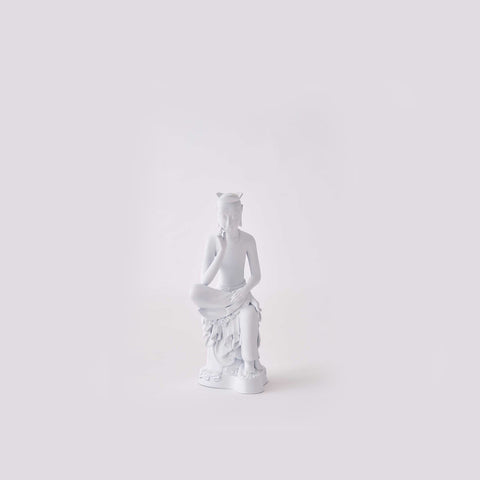

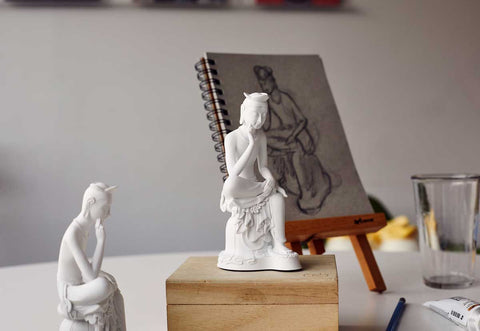
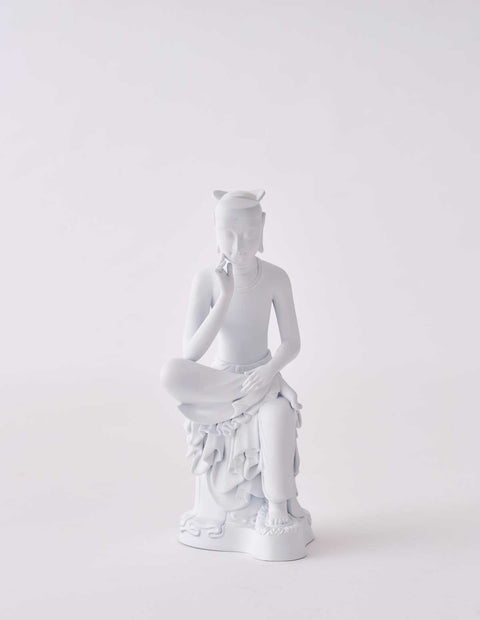
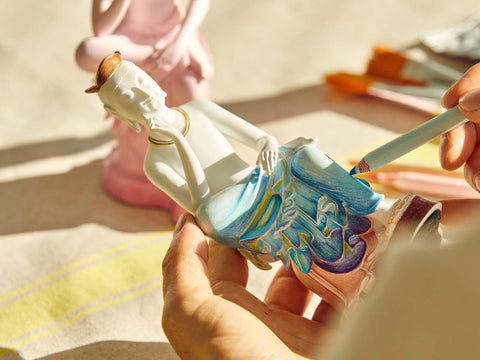
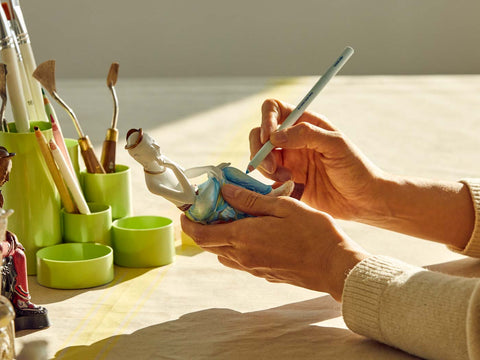
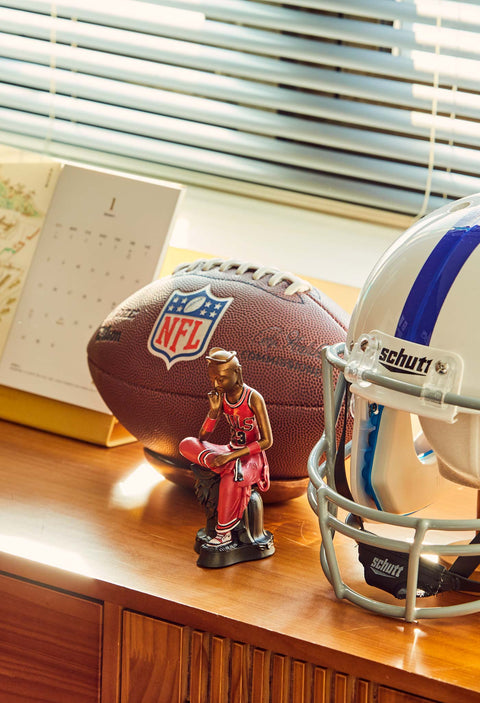
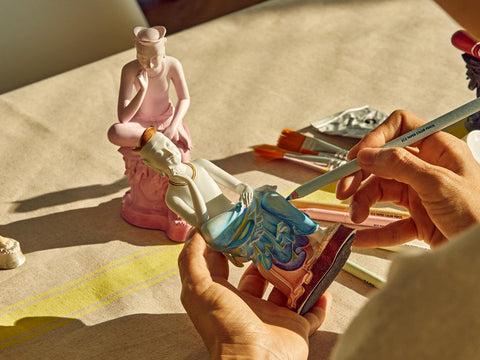
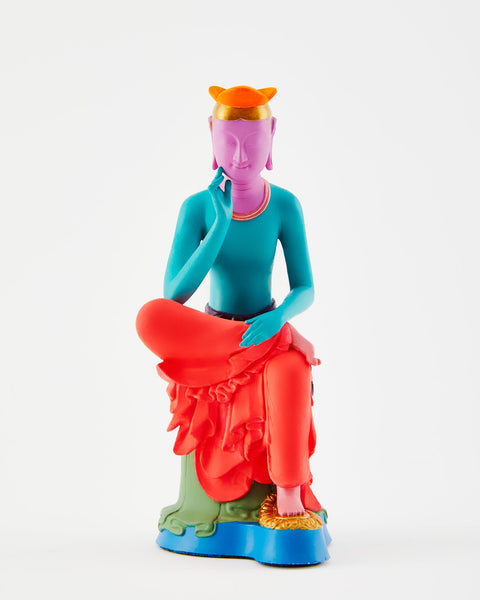
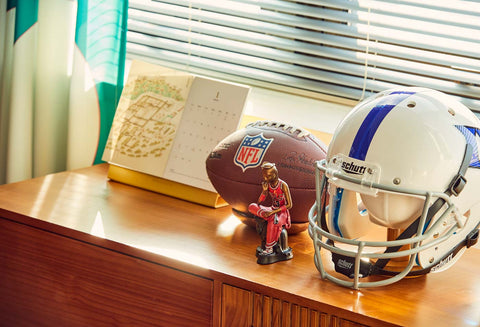
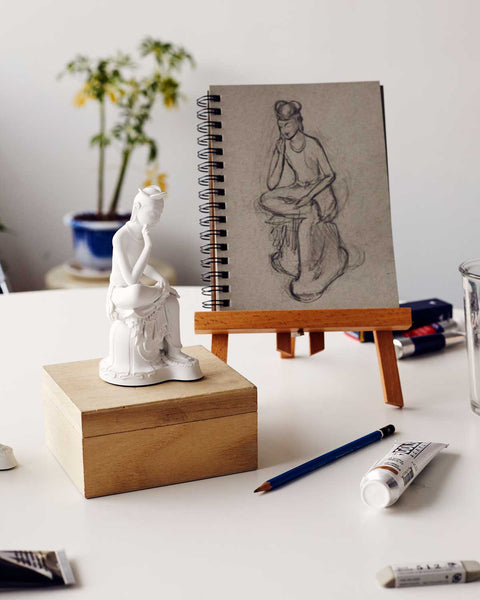
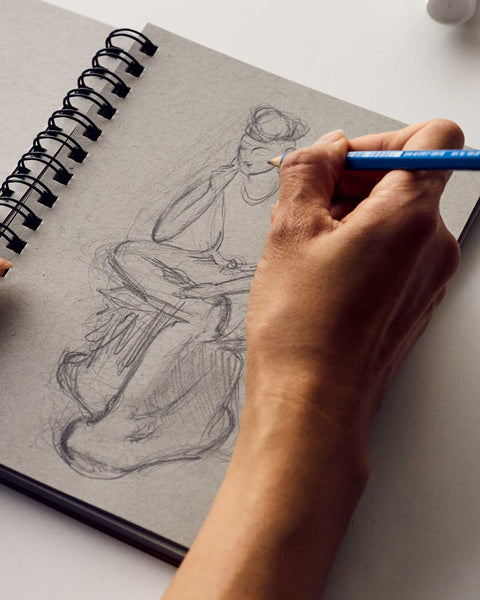
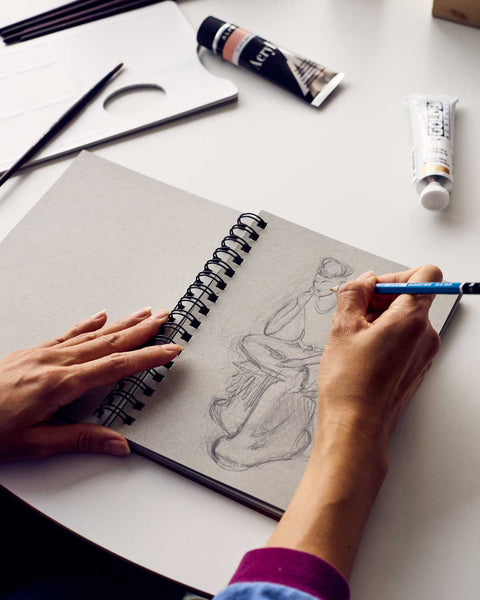

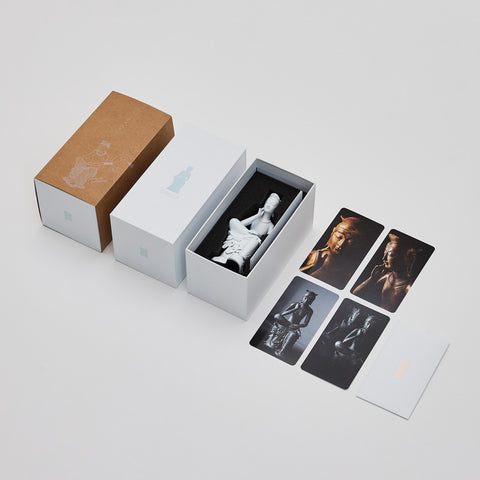
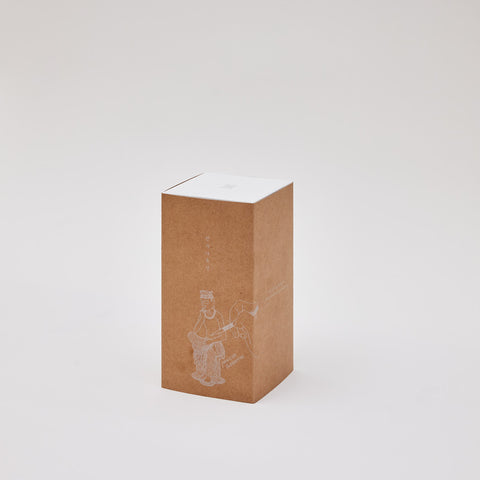

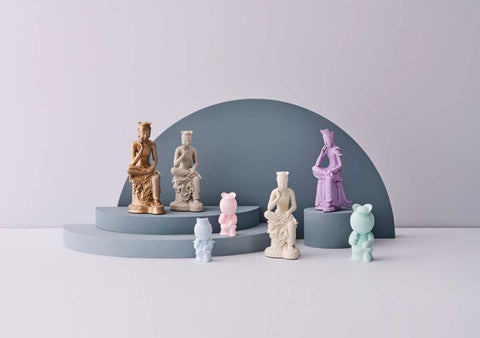
Pensive Bodhisattva Miniature No. 83 customize by painting(ver.3)
Pensive Bodhisattva Miniature No. 83 customize by painting(ver.3)
Product : 65x84x155mm
Package : 110X110X210mm
Weight : 510g(700g)
Concept
The Pensive Bodhisattva Miniature was inspired by one of the iconic sculptures in the collection of the National Museum of Korea (formerly designated as National Treasure No. 83). It has been produced in a variety of colors, (including pastel hues) and with a new packaging design, making it an ideal gift.
Features
people can customize by painting it themselves. It provides an element of fun by allowing people of all ages to express their own unique tastes and creativity.
To capture the essence of the Pensive Bodhisattva, the facial expression of this product has been refined and made larger compared to the previous version. It is made from highly elastic resin and ample cushioning is provided by the packaging to protect it from external impacts.
Shipping Guidelines
This product is a replica of a cultural artifact, and the shipping period from Korea will have an additional delay of 3 to 4 days (due to the issuance of the "Non-Cultural Heritage Certification Documents")
Relic
This statue strikes a classic contemplative pose with one leg perched up on the other knee and the fingers of one hand raised against the cheek. This pose derived from the image of the young Indian Prince Siddhartha Gautama contemplating the nature of human life is quite common in Buddhist sculpture. In China, such pensive statues were most widespread in the 5th and 6th centuries, but in Korea they were most frequently produced in the 6th and 7th centuries. This Pensive Bodhisattva statue (designated National Treasure #83) is 93.5 cm high, making it the tallest of all extant pensive bodhisattvas from the Three Kingdoms period (1st century BCE – 668 CE). Other distinguishing features of this statue include the crown, which is called either a samsangwan (crown with three peaks) or a yeonhwagwan (lotus crown), and the simple yet elegant necklace that the prince wears on his exposed upper torso. This sculpture is widely admired for its benign smile and fine physical proportions, which make it a splendid object of religious worship. It closely resembles a red-pine bodhisattva from Koryuji Temple in Japan, which was established by a Silla monk. This artistic masterpiece is also a significant archaeological artifact that attests to the exchange of Buddhist images between Korea and Japan early in their history.

